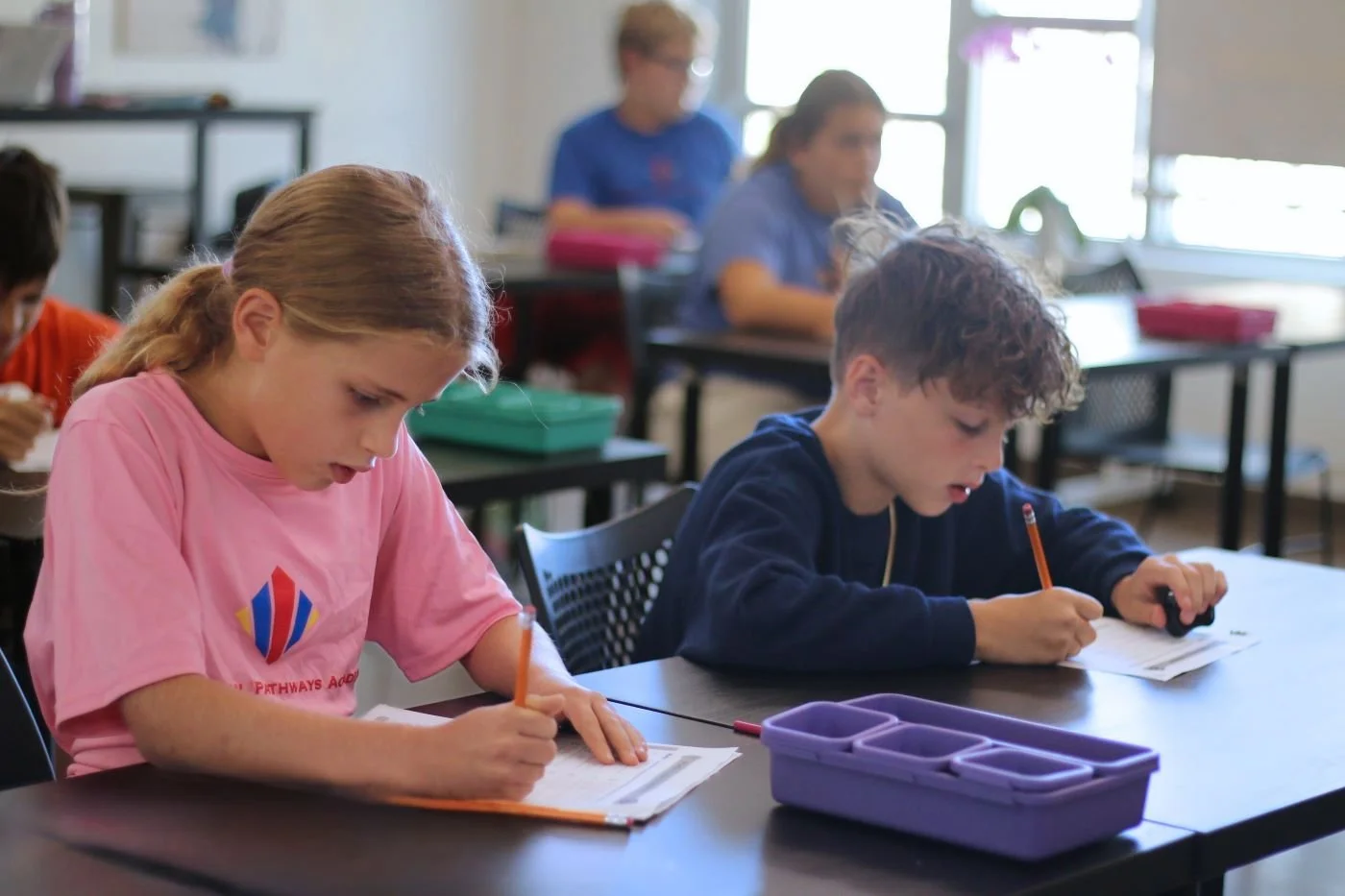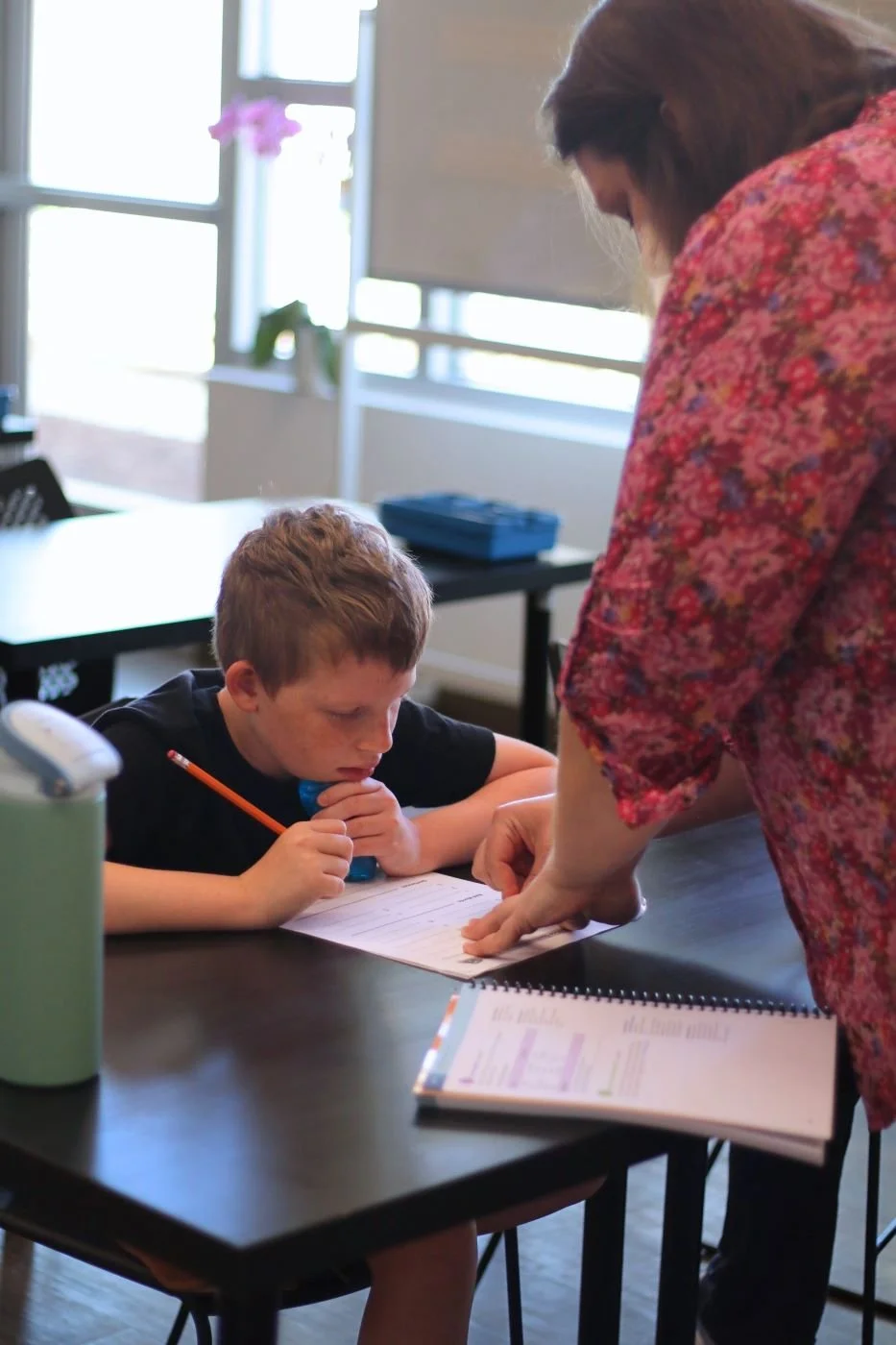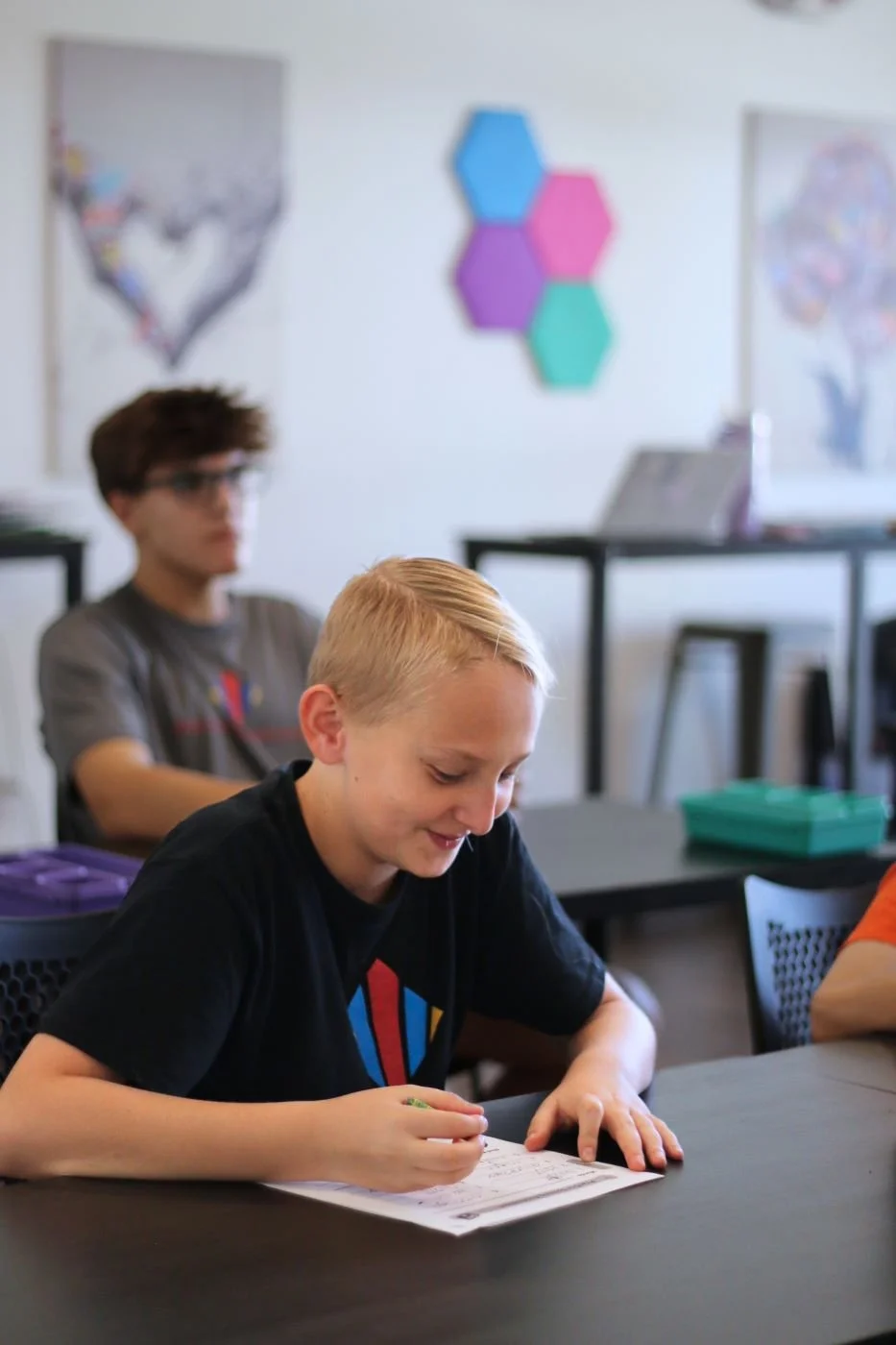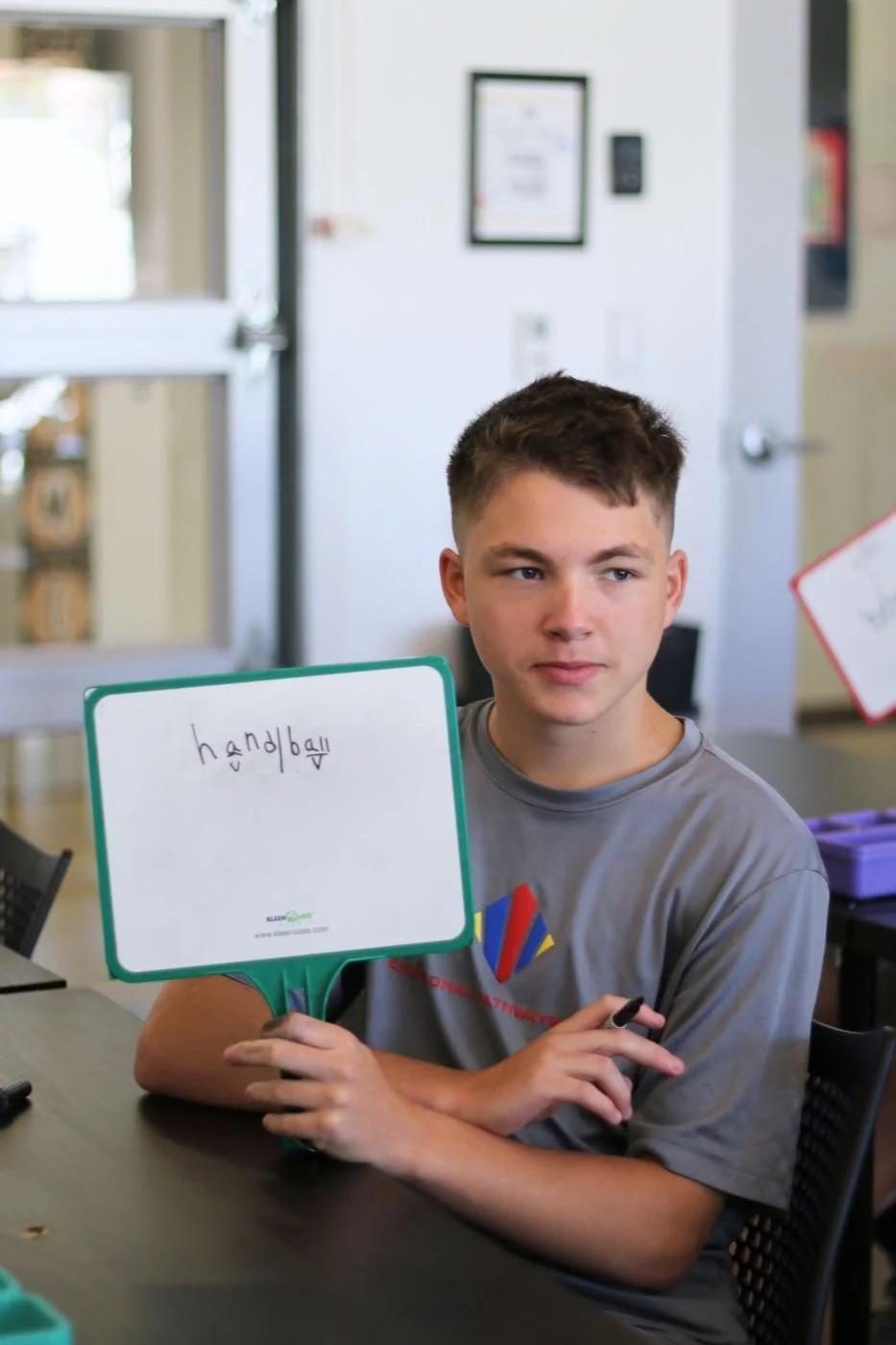Empowering Readers with the Science of Syllabication
At Educational Pathways Academy (EPA), a private school for dyslexia and learning disabilities in Florida, students with learning differences receive targeted literacy instruction through our Three-Pronged Approach to Literacy. A key component of this program is our Orton-Gillingham (OG) class, which provides structured, multisensory instruction to build the foundational skills of reading. Within OG class, students focus on essential strategies like syllabication, which helps them break longer words into manageable parts. By learning how to see, hear, and understand syllable patterns, students gain effective tools for decoding unfamiliar words and improving overall reading fluency and comprehension.
What is Syllabication
Syllabication is the process of dividing words into syllables, the natural “beats” or parts of spoken language. Understanding syllables helps students recognize vowel patterns and decode words accurately. In English, there are six main syllable types: closed, open, magic e (also known as silent e), vowel team, r-controlled (or “bossy R”), and consonant-le. Each type follows predictable patterns that guide how a word is read and pronounced.
Students also learn common syllable division patterns, such as VC/CV or V/CV, which show where to divide a word between vowels and consonants. Once students know these patterns, words that once seemed overwhelming suddenly make sense, unlocking smoother, more confident reading.
Why We Teach Syllabication
For students with dyslexia and other learning differences, reading longer words can feel daunting. Without a strategy, they may guess or skip words altogether. Syllabication gives students a clear roadmap. It takes the mystery out of decoding by teaching them how to approach unfamiliar words systematically. Instead of relying on memorization, students apply logic, structure, and visual cues, empowering them to read and spell independently.
By mastering syllabication, students not only strengthen their decoding skills but also improve fluency, spelling, and comprehension. The ability to recognize and divide syllables helps the brain process language more efficiently, freeing up mental energy for understanding meaning and enjoying reading.
Building Skills Through Syllabication Practice
In Orton-Gillingham (OG) class, syllabication lessons are hands-on and engaging, with students using a Syllable Division Checklist to guide them step by step.
Students practice applying each rule as they work with new words. In one lesson, students worked with words featuring the vowel pattern -ight. Using their checklists, students wrote words such as highway and nightlight on individual whiteboards as the teacher projected each word on the screen. They labeled syllable types and, together as a class, reviewed each example aloud, discussing how recognizing the -ight vowel pattern guided pronunciation and decoding.
This multisensory approach—seeing the word, saying it aloud, writing it, and analyzing its structure—creates strong neural connections that reinforce learning. By engaging multiple senses, students retain strategies more effectively, enabling them to decode unfamiliar words, improve reading fluency, and strengthen comprehension.
At EPA, every syllabication lesson builds confidence and reinforces the understanding that reading can be logical, predictable, and fun. By mastering the building blocks of language, our students gain the tools they need to approach every new word with confidence and success.









